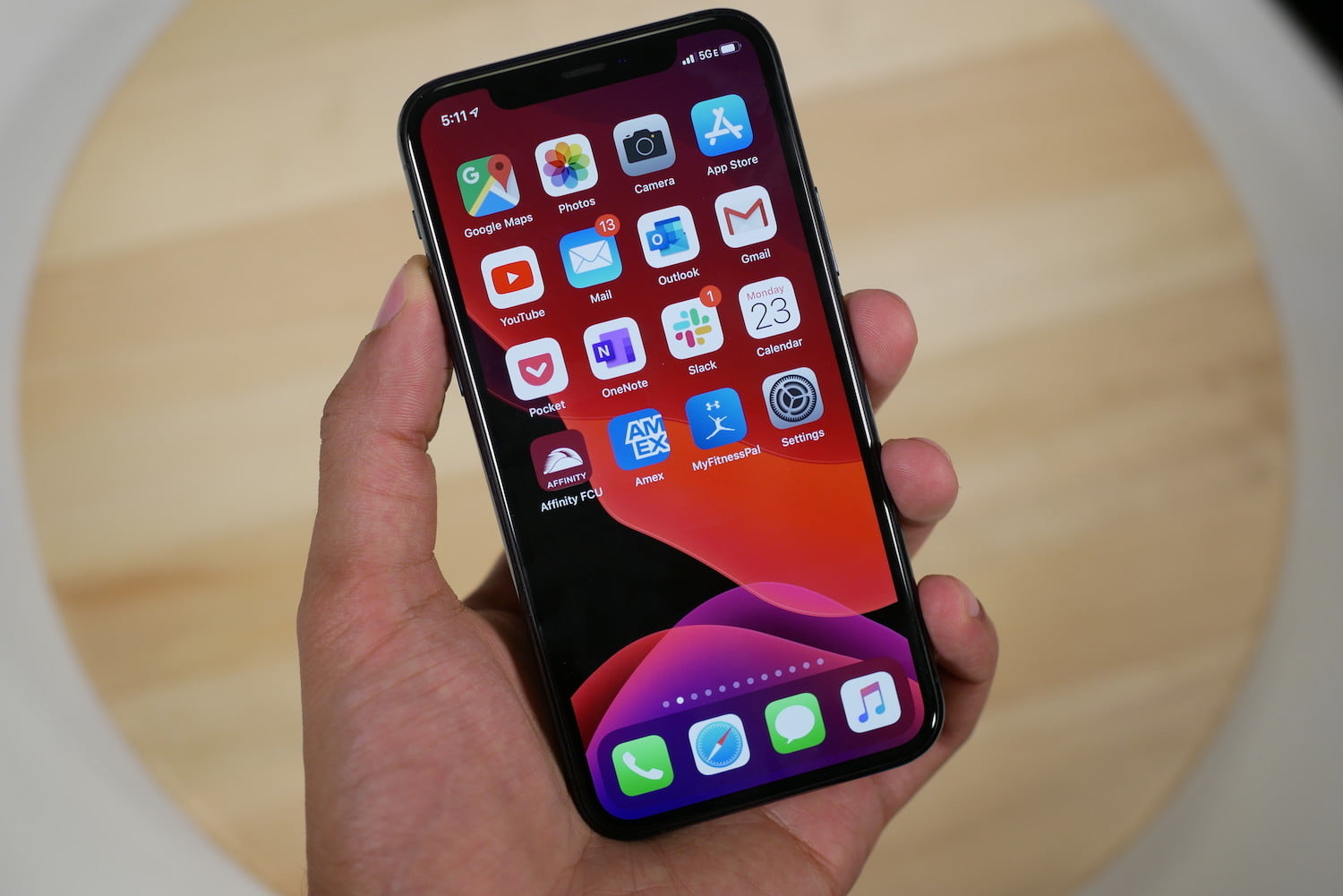Backing up your iPhone or iPad is essential because you don’t know what tomorrow may bring. Perhaps you’re in the beta and the latest build brings your device to a standstill. Maybe your iPhone is damaged and you need to transition to a new one. Typically, owners can back up their iPhone or iPad to Windows 10 PCs and Macs using iTunes (former) or Finder/iTunes (latter). Owners can also back up their device to Apple’s iCloud, even if they’re using the free 5GB plan.
The following guide shows you how to enable iCloud Backup and then customize your backup to fit on the free 5GB storage plan. This guide applies to both iPhones and iPads. This guide is based on iOS 14.2, but earlier versions of iOS should follow a similar flow.
Turn on iCloud Backup
First, we need to enable iCloud Backup. Make sure your iPhone or iPad is connected to the local wireless network, as you don’t want to send all that data over your carrier’s connection. Not only can you back up your Apple device, but you can also save photos, documents, and other files in Apple’s cloud too.
Step 1: Open the Settings app and tap on your Apple ID and profile pic.
Step 2: Tap iCloud.
Step 3: Scroll down and tap the toggle next to *iCloud Drive *to turn this feature on if it’s not already.
Step 4: Tap iCloud Backup.
Step 5: Tap the toggle next to iCloud Backup to switch this feature on.
Step 6: If you’re using a paid iCloud plan, go ahead and tap Back Up Now.
Backing up with the 5GB limit
You must have adequate space to hold the data you want to back up. If you have too much data for the 5GB limit, you can purchase more, but there’s also an easy way to tailor your backups to target the most important data without incurring extra fees.
Overall, iCloud Backup includes app data, Apple Watch backups, device settings, home screen and app organization, iMessage, text (SMS) and MMS messages, photos and videos, and Apple purchase history for services like music, movies, TV shows, apps, books, and more.
Step 1: Open the Settings app and tap on your Apple ID.
Step 2: Tap iCloud. A visual chart appears on the following screen. Here you will see exactly what content iCloud is backing up. Often, much of it is devoted to photos.
Step 3: Tap Manage Storage. The resulting screen shows you all the apps that are backed up to iCloud and how much room they use.
Step 4: Tap Backups on the list below the chart. The following screen shows the total amount of space your backups use.
Step 5: If you have more than one Apple device, as shown above, tap the device. In this example, we’ll select This Phone.
On the following screen, you’ll see the time and size of the last backup. This is where you can pick and choose exactly what to back up. A lot of what is backed up may not be critical or can be backed up in other ways. You can turn off backups for your browser or Google Photos (which in itself is a backup to your Photo Library, which is already backed up separately by iCloud Photos) or downloaded books or Twitter. Here, you just want to back up critical data to save space and money.
Step 6: Wait for the app list under Choose Data to Back Up to appear and tap Show All Apps.
Step 7: Tap the toggle next to each app or service that you don’t need to back up.
Note: Your device backups only include data and settings from your device. They do not include anything already stored in iCloud such as contacts, calendars, bookmarks, notes, Messages in iCloud, iCloud photos, or shared photos.
Step 8: Go all the way back to the iCloud screen and tap iCloud Backup once more.
Step 9: Tap Back Up Now.
